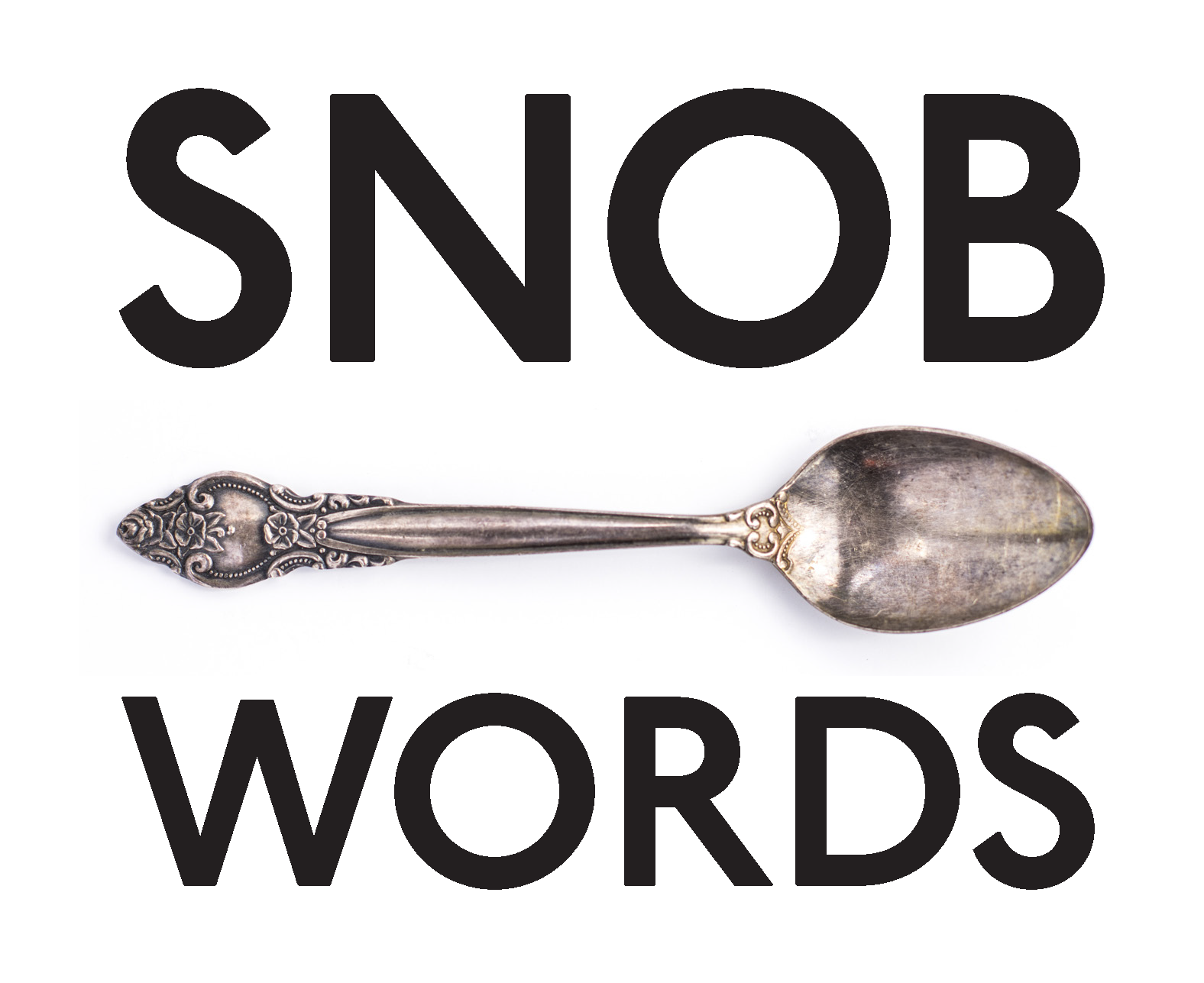
LITH´-uh-graf
A lithograph is a type of print created through lithography,
a process developed in Germany around 1800. Because the
process is time-consuming and technical, most artists simply
produce designs for lithographs and hire skilled technicians to
make the actual prints.
To begin the lithographic process, a technician transfers an
artist’s design to a zinc or aluminum plate using oil-based ink.
(Originally, a piece of limestone was used instead of a plate—
hence the name, lithography, from the Greek lithos, stone, and
graphein, to write.)
The plate is then moistened with water and coated with
additional oil-based ink. Because water and oil don’t mix, the
new ink adheres only to the previously-inked design.
To form a print, the plate is pressed against a piece of paper,
which picks up the inked design. The process can be repeated
an unlimited number of times by re-inking the plate.
Many contemporary artists produce lithographs, but two
masters of the genre, both from 19th-century France, were
Honoré Daumier (1808-79) and Henri de Toulouse-Lautrec
(1864-1901).
